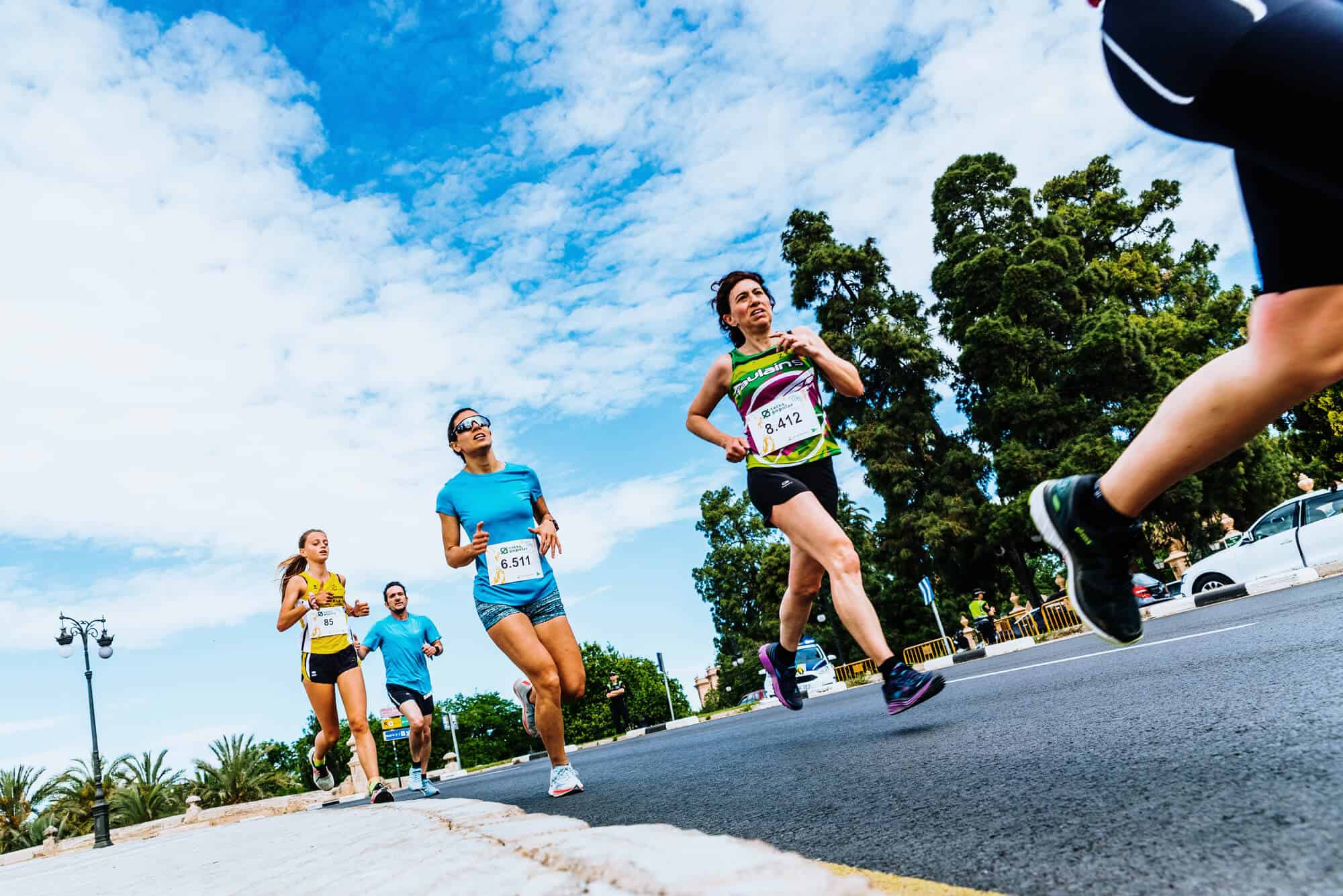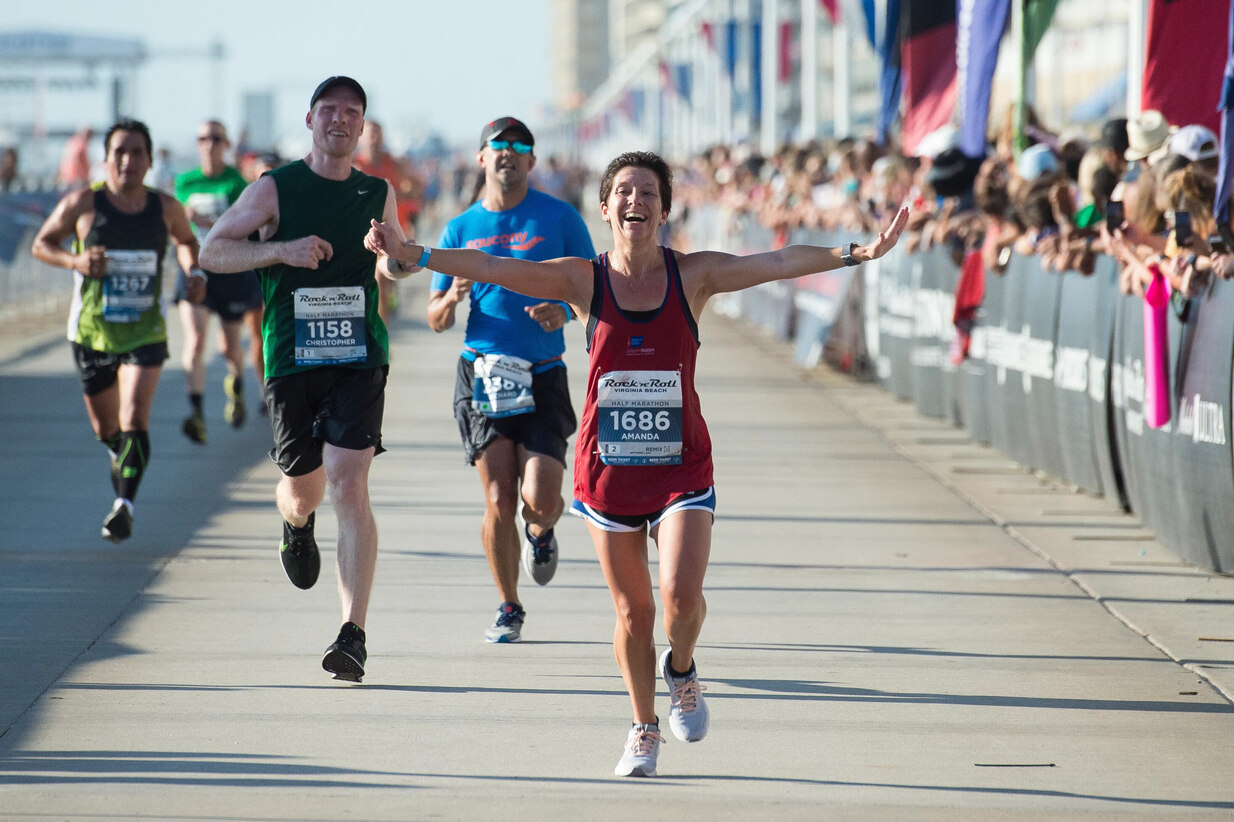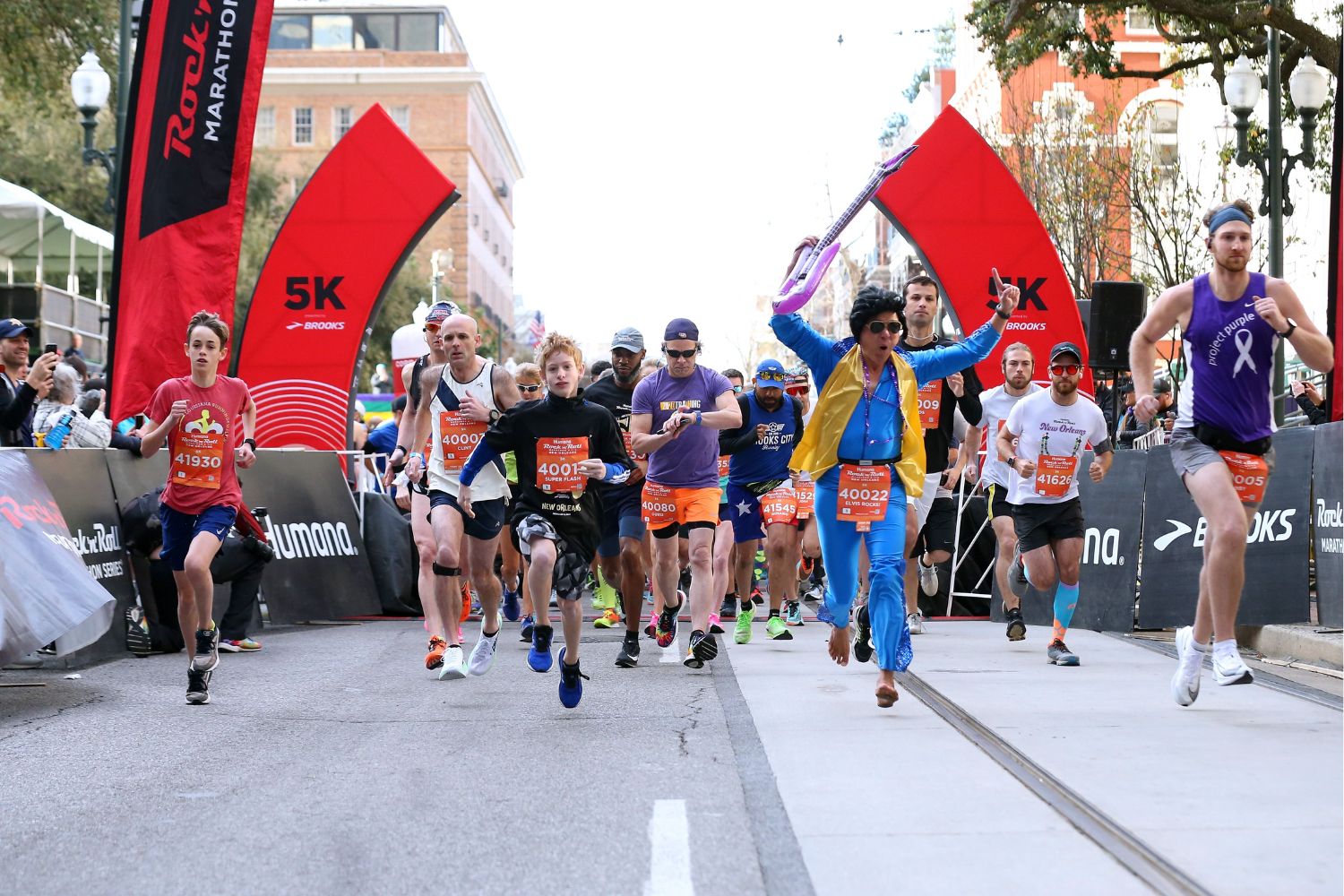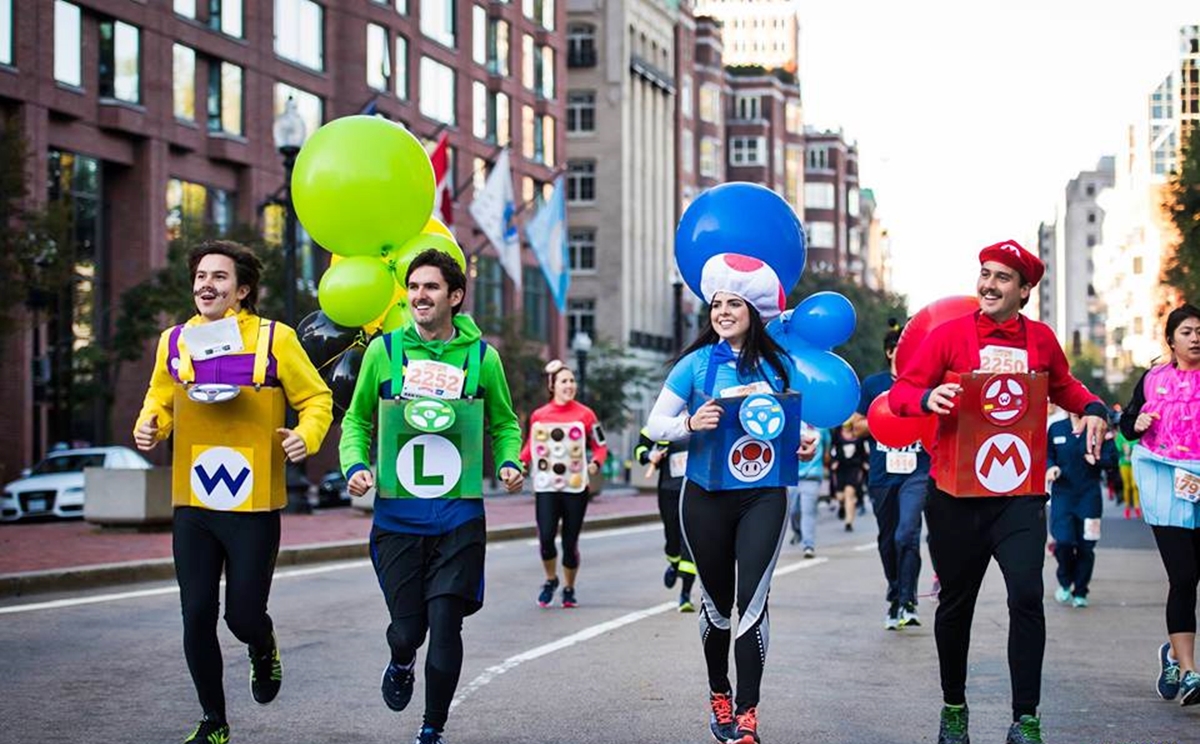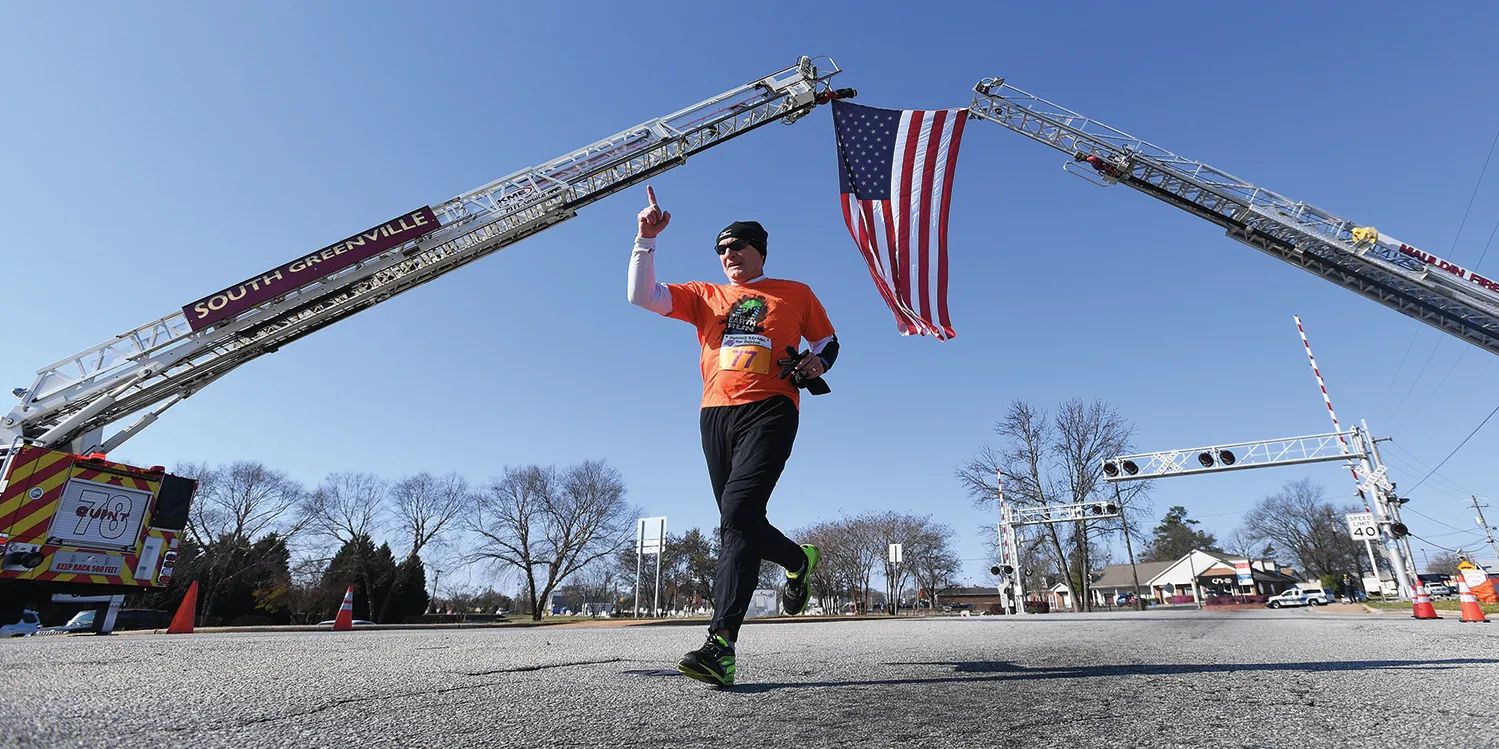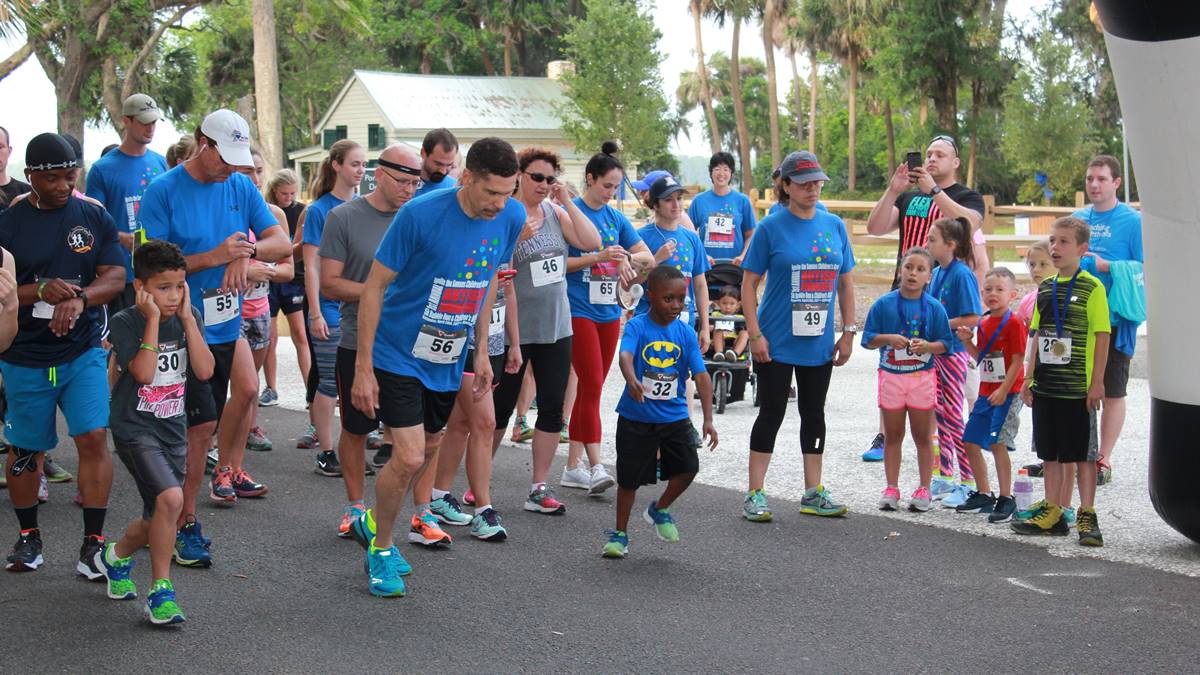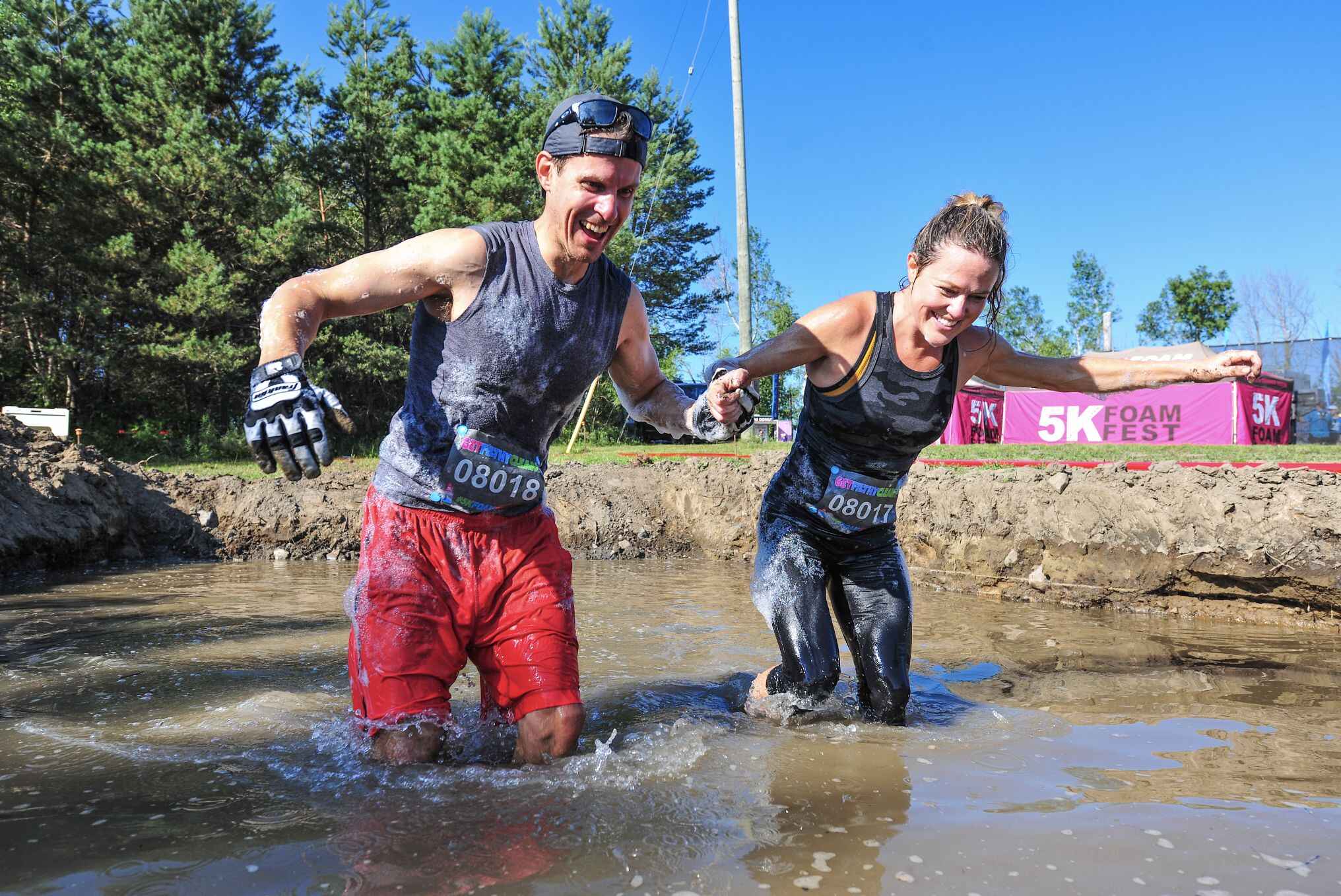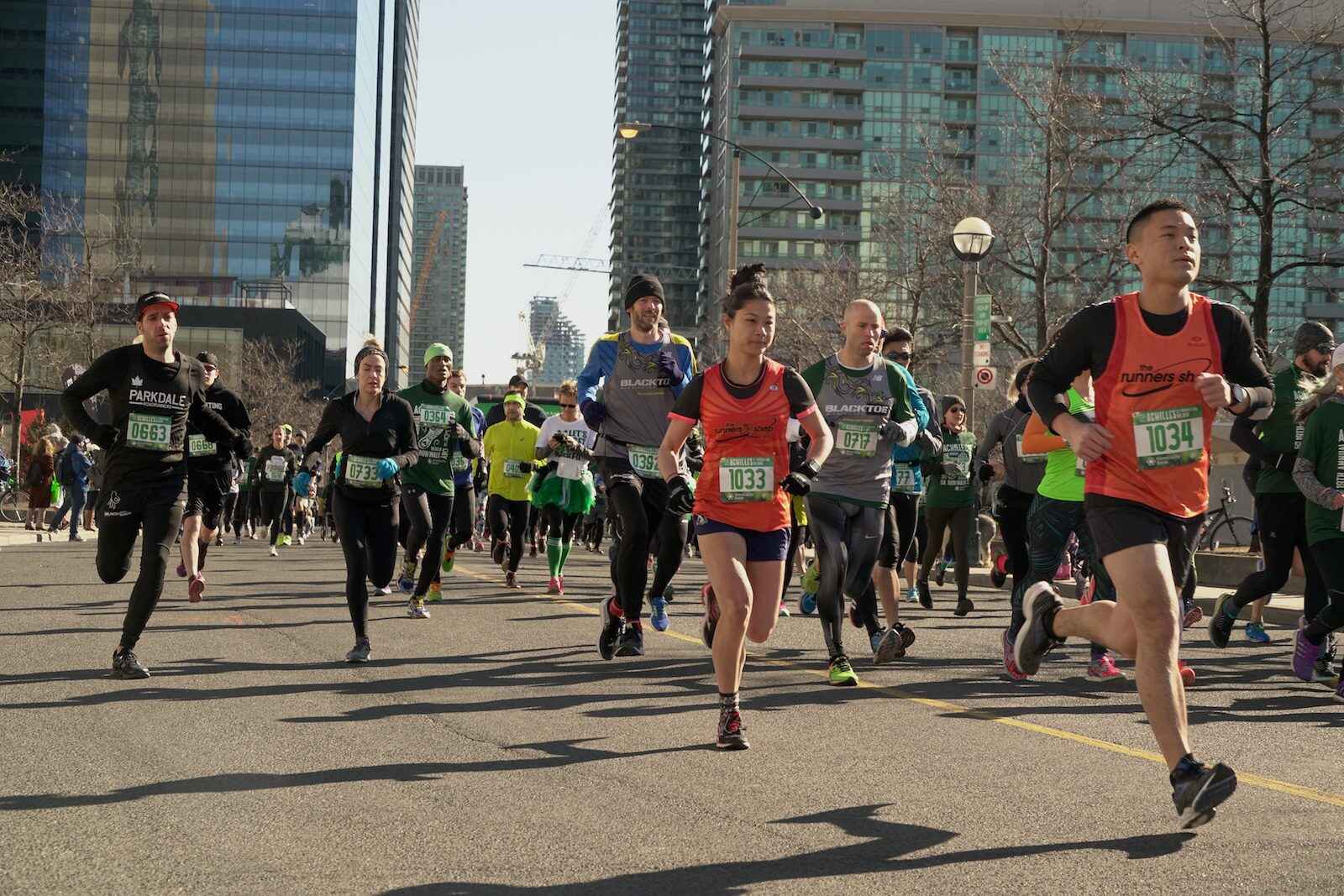

Featured
What To Do After A 5K Run
Modified: January 2, 2024
Discover the best steps to take after completing a 5K run. Find featured tips and advice on post-run recovery and self-care to optimize your performance and minimize soreness.
Introduction
Completing a 5K run is a great accomplishment. Whether it was your first race or you’re a seasoned runner, crossing the finish line is a thrilling moment. However, the race day experience shouldn’t end there. What you do in the post-race period is just as important as what you did during the run itself.
After pushing your body to its limits, it’s essential to focus on recovery and replenishing your energy levels. This post-5K routine is designed to help you cool down, stretch, rehydrate, refuel, and give your body the rest it needs. By following these steps, you’ll maximize your recovery, reduce muscle soreness, and set yourself up for future success.
Keep in mind that the duration and intensity of your post-5K routine may vary depending on your fitness level and personal preferences. It’s always a good idea to consult with a healthcare professional or a qualified fitness trainer if you have any specific concerns or conditions.
Now, let’s dive into the essential steps to take after completing a 5K run.
Cool Down
After crossing the finish line of a 5K run, your body is likely still revved up from the intense physical exertion. Taking the time to cool down properly is crucial for preventing muscle soreness and injury. The cool down phase allows your heart rate to gradually return to its resting state and helps flush out waste products, like lactic acid, from your muscles.
Start by walking or slowly jogging at a relaxed pace for about 5-10 minutes. This gentle movement helps your body transition from the high-intensity race to a more relaxed state. The purpose of this cool down is to gradually lower your heart rate and prevent any sudden drops in blood pressure.
During your cool down, incorporate some dynamic stretches that target the major muscle groups used during the run. This can include leg swings, hip circles, arm circles, and torso twists. Dynamic stretching helps improve flexibility and range of motion while also preparing your body for the subsequent static stretches.
Remember to listen to your body and make adjustments as needed. If you feel any discomfort or pain, reduce the intensity or duration of the cool down. Pay attention to any specific areas of tightness or soreness and focus on stretching those muscles during the next phase.
Overall, the cool down phase is a crucial part of your post-5K routine. It allows your body to gradually return to a resting state, reduces the risk of injury, and prepares you for the next steps in your recovery process.
Stretching
Stretching after a 5K run is essential for maintaining flexibility, improving muscle recovery, and preventing injuries. When your muscles are warm from the race, it is an ideal time to perform static stretches. These stretches involve holding a position for a period of time, typically around 30 seconds, to elongate the muscles and improve their flexibility.
Focus on stretching the major muscle groups used during the run, including the calves, quadriceps, hamstrings, hips, and upper body. Incorporating both upper and lower body stretches will ensure a well-rounded stretching routine. Some effective post-5K stretches include calf stretches, quad stretches, hamstring stretches, hip flexor stretches, and chest stretches.
Remember to breathe deeply and relax into each stretch. Avoid bouncing or forcing the stretch, as this can lead to injury. Instead, find a point of tension and hold the stretch until you feel a gentle pull in the muscle. If you experience any pain during a stretch, loosen the stretch or discontinue it altogether.
In addition to static stretching, consider incorporating some dynamic stretching exercises. Dynamic stretching involves controlled movements that mimic the actions of running and help improve your range of motion. Examples include walking lunges, high knees, leg swings, and arm circles. Dynamic stretching can be particularly beneficial for preparing your muscles for future runs.
Remember that everyone’s flexibility levels are different, so only stretch to a point that feels comfortable for you. It’s also important to note that stretching alone cannot undo or prevent muscle soreness entirely, but it can aid in your overall muscle recovery.
By incorporating stretching into your post-5K routine, you’ll improve your flexibility, reduce muscle tension, and promote better overall recovery.
Rehydrate
After completing a 5K run, it’s crucial to replenish the fluids and electrolytes lost through sweat during the race. Proper hydration plays a vital role in maintaining optimal performance, preventing dehydration, and promoting overall recovery.
Start by drinking water immediately after crossing the finish line. Aim to drink at least 16-20 ounces (473-591 mL) of water within the first 30 minutes post-race. This initial hydration will kick-start the replenishment process and help restore your body’s fluid balance.
In addition to water, consider consuming a sports drink or electrolyte-rich beverage to replenish lost electrolytes such as sodium, potassium, and magnesium. These minerals are essential for maintaining fluid balance, muscle function, and nerve function. Look for drinks that contain electrolytes without excessive amounts of added sugars.
It’s important to continue drinking fluids throughout the day to ensure adequate hydration. Pay attention to your body’s thirst cues and drink accordingly. If your urine is pale yellow, it’s a good indicator that you are properly hydrated. If it is dark yellow, increase your fluid intake.
Keep in mind that hydration needs are individual and can vary based on factors such as sweat rate, climate, and personal preference. It’s always a good idea to consult with a healthcare professional or sports nutritionist for personalized hydration guidance.
Remember, proper hydration not only aids in recovery but also supports overall health and performance. Make rehydration a priority after completing a 5K run to keep your body functioning at its best.
Refuel
After exerting physical effort during a 5K run, refueling your body with the right nutrients is essential for muscle recovery and glycogen replenishment. Proper nutrition post-race helps restore energy levels, repair damaged tissues, and facilitate optimal recovery.
Focus on consuming a combination of carbohydrates and protein within 30 minutes to an hour after completing the race. Carbohydrates are the body’s primary source of fuel and help replenish glycogen stores in your muscles. Opt for complex carbohydrates such as whole grains, fruits, and vegetables, which provide sustained energy and essential nutrients.
Protein is important for muscle repair and growth. Include a source of lean protein in your post-5K meal or snack, such as chicken, fish, tofu, or Greek yogurt. Aim for around 20-30 grams of protein to maximize recovery.
Additionally, don’t forget about including adequate amounts of fruits and vegetables in your post-race meal. These nutrient-dense foods provide vitamins, minerals, and antioxidants that aid in recovery and reduce inflammation.
If you don’t have access to a full meal immediately after the race, consider a post-workout snack that combines carbohydrates and protein. This could be a protein shake with added fruit or a banana with some nuts or nut butter.
While refueling, be mindful of your portion sizes to avoid overeating. Listen to your body’s hunger and satiety cues, as each individual may have different needs. If you’re unsure about your nutritional requirements, it can be helpful to consult with a registered dietitian or sports nutritionist.
Remember, proper nutrition after a 5K run is crucial for replenishing energy stores, promoting muscle recovery, and maximizing future performance. By refueling your body with the right nutrients, you’ll set yourself up for success in future runs.
Rest and Recovery
Rest and recovery are often overlooked aspects of training, but they are just as important as the actual physical activity. After completing a 5K run, your body needs time to recover and repair itself. Ignoring this crucial step can lead to fatigue, injuries, and hinder your overall progress.
Make it a priority to rest and allow your body to recover fully post-race. This includes getting adequate sleep, as sleep is when your body repairs and regenerates tissues. Aim for 7-9 hours of quality sleep each night to support optimal recovery.
In addition to sleep, engage in active recovery activities that promote blood flow and reduce muscle soreness. Light activities like walking, swimming, or gentle stretching can help flush out metabolic waste, decrease inflammation, and promote faster recovery.
Listen to your body and pay attention to any signs of fatigue or pain. It’s important to allow yourself enough time to rest and recover before engaging in strenuous physical activity again. Pushing through extreme fatigue or risking injury by jumping back into intense training too soon can hinder your progress in the long run.
During your rest and recovery period, consider engaging in activities that help you relax and destress. This can include practicing meditation, taking a warm bath, reading a book, or spending time with loved ones. Taking care of your mental well-being is just as important as caring for your physical body.
Remember that rest and recovery are not signs of weakness but essential components of a well-rounded training program. By allowing yourself adequate time to recover after a 5K run, you’ll come back stronger, reduce the risk of burnout, and be ready to take on new challenges.
Post-race analysis
Engaging in a post-race analysis is a valuable step to reflect on your performance, identify areas of improvement, and set goals for future races. Taking the time to review your race experience can help you learn from both the highs and lows and make adjustments to your training and strategies.
Start by evaluating your overall performance. Consider factors such as your finishing time, pacing strategy, and how you felt throughout the race. Analyze your splits and identify any significant changes in effort or pace. This analysis can provide insights into areas where you may have excelled or areas where improvement is needed.
Reflect on the mental and emotional aspects of the race as well. Did you maintain a positive mindset throughout the run, or did negative thoughts hinder your performance? Understanding your mental state during the race can help you develop strategies to stay mentally strong and focused in future races.
Consider environmental factors such as weather conditions, terrain, and course layout. These elements can significantly impact race performance. Assess how these factors affected your race experience and adjust your training or race strategies accordingly.
Take note of any physical discomfort or issues you experienced during the race. Did you encounter any muscle cramps, breathing difficulties, or joint pain? Understanding how your body responded to the race can help you address any underlying weaknesses or imbalances in your training regimen.
Look for patterns or trends in your race performance. Are there any recurring mistakes or issues that you need to address? Did you execute your race plan effectively, or were there areas where you could have made better decisions? Identifying these patterns can guide you in making necessary adjustments to improve your performance in future races.
Set specific goals for your next race based on your analysis. Whether it’s improving your finishing time, working on pacing strategies, or focusing on mental toughness, having clear goals can help drive your training and keep you motivated.
Remember, the post-race analysis is not meant to be overly critical but rather a tool for growth and improvement. Celebrate your accomplishments and use the post-race analysis as a guide to becoming a better, more efficient runner.
Celebrate and Reflect
After completing a 5K run, it’s important to take the time to celebrate your achievements and reflect on the journey you’ve taken to reach this point. Celebrating your accomplishments helps boost morale, reinforces a positive mindset, and keeps you motivated for future races.
First and foremost, give yourself a pat on the back for crossing the finish line. Acknowledge the hard work, dedication, and training you’ve put in to achieve this goal. Take pride in your accomplishment, regardless of your finishing time or placement.
Reflect on the journey leading up to the 5K run. Think about the progress you’ve made, milestones you’ve reached, and challenges you’ve overcome along the way. Recognize the improvements in your fitness, endurance, and overall well-being.
Consider the lessons you’ve learned throughout your training and race day. Reflect on what worked well for you and what didn’t work as expected. Think about the strategies and techniques that helped you perform your best and those that you may need to adjust for future races.
Make a note of any positive experiences or memorable moments during the race. Did you have a surge of energy during a particular section of the course? Did a fellow participant offer encouraging words that motivated you to push harder? Reflecting on these moments can bring a sense of gratitude and inspire you for future challenges.
Take the time to celebrate with friends, family, or fellow runners who supported you along the way. Share your achievement, express gratitude for their encouragement, and enjoy the feeling of accomplishment together. This camaraderie can further fuel your motivation and inspire others to pursue their own fitness goals.
Lastly, set new goals for yourself. Whether it’s improving your 5K time, challenging yourself with a longer race, or exploring different types of running, use the momentum from your accomplishment to propel you forward. Having new goals and aspirations will keep you focused and excited about your future running endeavors.
Celebrating and reflecting on your 5K run is not only a way to acknowledge your hard work but also an opportunity to set the stage for future success. Embrace the joy of crossing the finish line, recognize the progress you’ve made, and use this experience as a stepping stone towards even greater achievements in your running journey.
